Lemon–Goat Cheese Gnocchi with Shelling Peas and Green Garlic
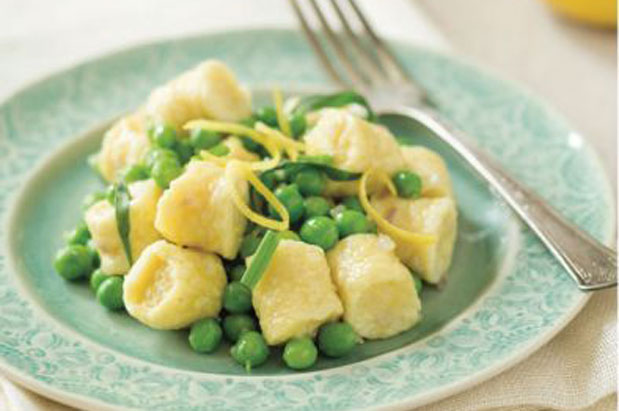
8 ounces slightly soft, mild fresh goat cheese, at room temperature|
8 ounces cream cheese (preferably without stabilizers), at room temperature
1 tablespoon plus 1 teaspoon finely grated lemon zest (from 2 small lemons)
2 teaspoons kosher salt
2 eggs
1 ½ cups unbleached all-purpose flour, plus additional for rolling the dough
2 tablespoons extra-virgin olive oil
2 small stalks green garlic, thinly sliced on the diagonal, or 3 cloves garlic, finely chopped
¼ cup dry white wine or vermouth
3 cups freshly shelled green peas
3 tablespoons unsalted butter
2 tablespoons freshly squeezed lemon juice
1 tablespoon finely chopped fresh tarragon
Freshly ground black pepper
2 tablespoons fresh chives, cut into ½-inch lengths
In a large bowl, combine the cheeses, zest, salt, and eggs. Mix with a rubber spatula until smooth and add ¾ cup of the flour. Combine well and gently mix in the remaining flour to form a moist, slightly sticky dough. Do not over- mix or your gnocchi will be heavy. Cover the bowl with plastic wrap and refrigerate for 1 hour. Lightly flour a baking sheet or large platter and set aside. Turn the dough onto a lightly floured work surface, form it into a ball, and cut the ball into quarters. Roll each quarter into a ½-inch-thick rope. Use a sharp knife to cut the ropes into ½-inch gnocchi and put them on the baking sheet. Repeat the process with the remaining dough pieces; you should get about 84. Lightly dust the gnocchi with flour. Bring a large pot of generously salted water to a boil. Boil the gnocchi in batches of 15 to 20; they will take about 3 minutes to cook. They’re done when they float—wait a few seconds before using a slotted spoon to remove the gnocchi to a baking sheet to cool. (They will be delicate when warm but will become sturdier as they cool.) Reserve 1 cup of the cooking liquid. The cooked gnocchi will keep in the refrigerator for 24 hours. In a large skillet over medium heat, warm the oil. Add the garlic and cook, stirring constantly, until softened, about 4 minutes. Add the wine and simmer until the liquid in the skillet has reduced by half, 3 to 4 minutes. Add the gnocchi, peas, butter, and ½ cup of the reserved gnocchi cooking liquid to the skillet. Cook until the ingredients are warmed through and the sauce thickens slightly, about 3 minutes. Add the lemon juice, tarragon, and salt and pepper to taste and toss to combine. Divide the gnocchi between 6 or 8 bowls. Garnish with the chives and serve immediately.

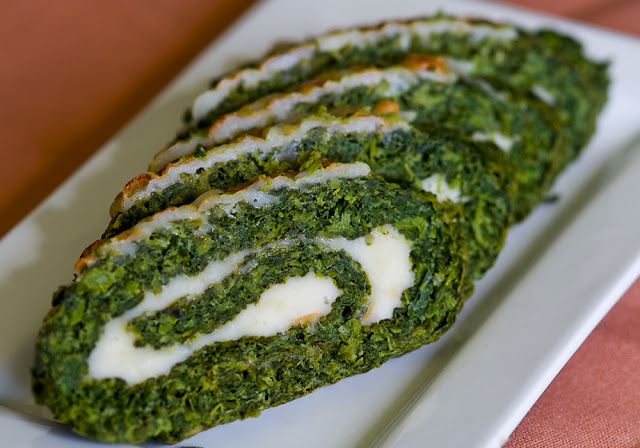 Garlic Mustard Roulade
Garlic Mustard Roulade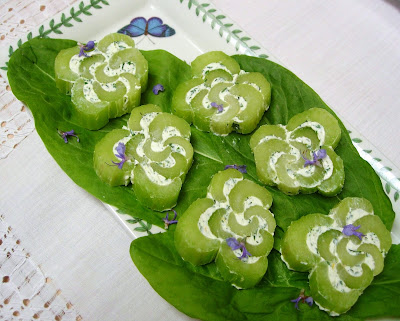 Celery Roses with Herb Cream Cheese
Celery Roses with Herb Cream Cheese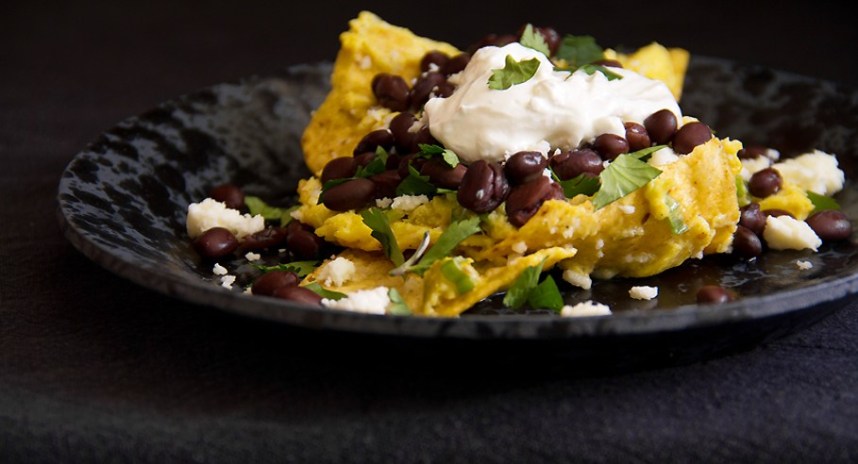
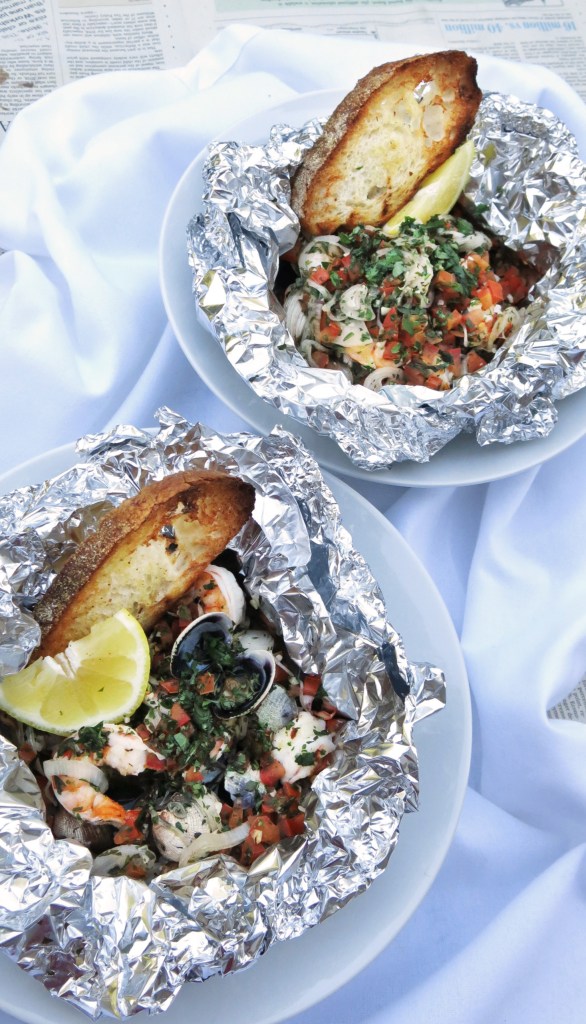
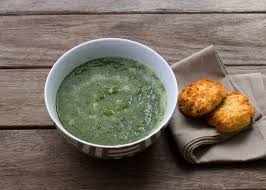
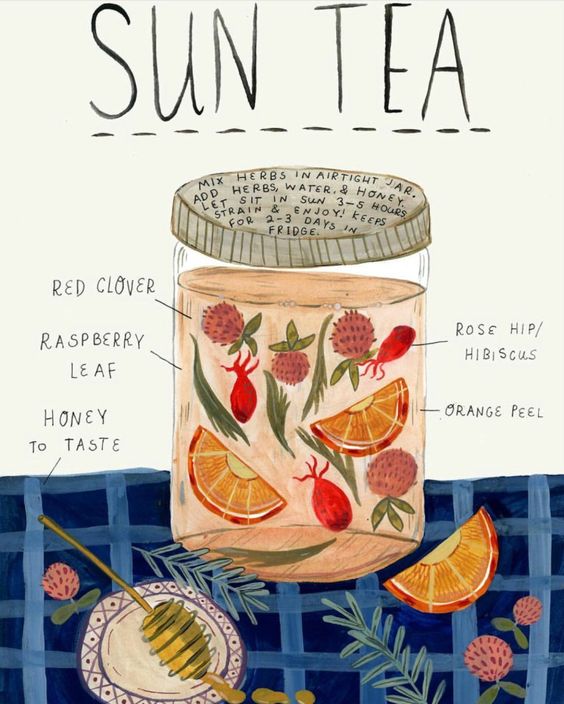
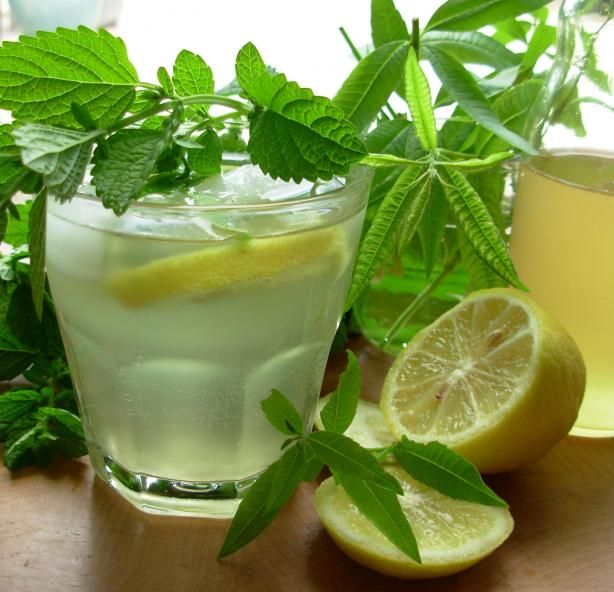 Although you can experiment using all sorts of different fresh herbs, this combination makes for a relaxing tonic, as both lemon balm and lemon verbena are known for their calming properties.
Although you can experiment using all sorts of different fresh herbs, this combination makes for a relaxing tonic, as both lemon balm and lemon verbena are known for their calming properties.
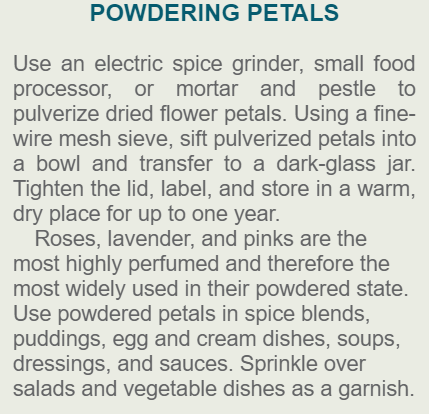

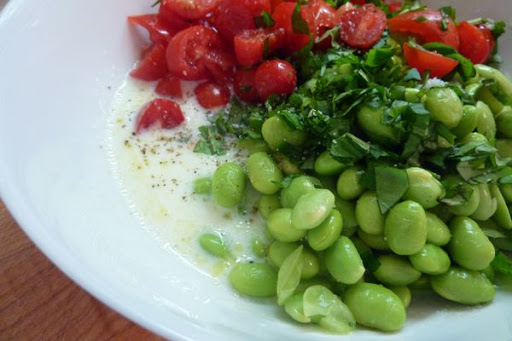
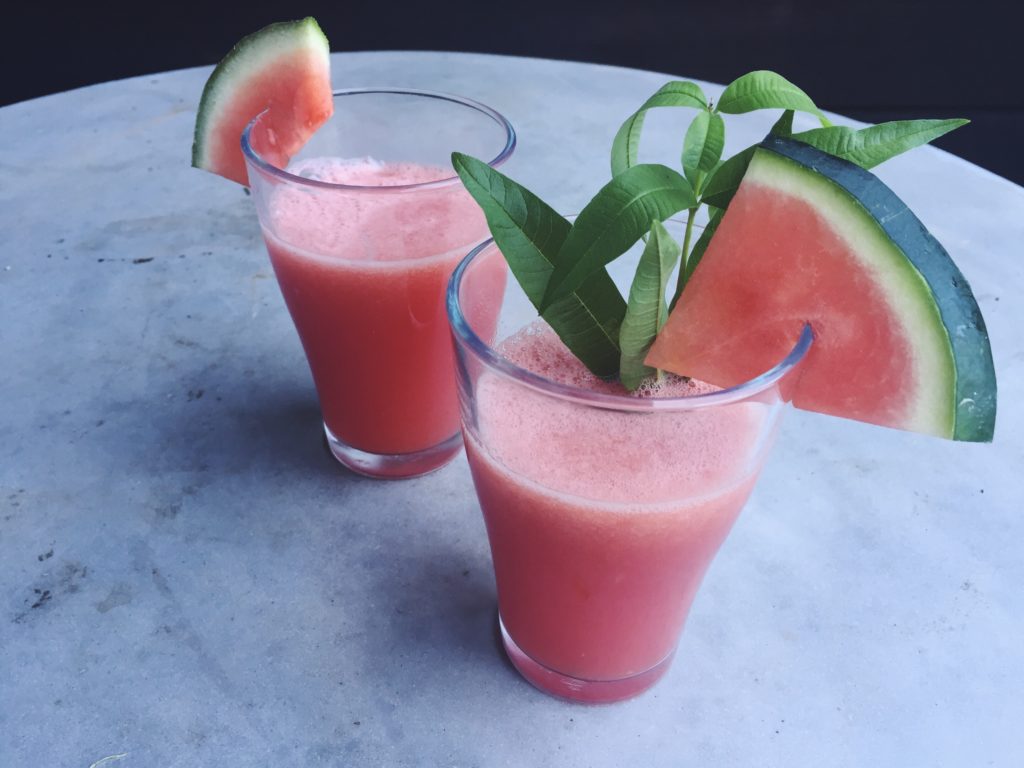
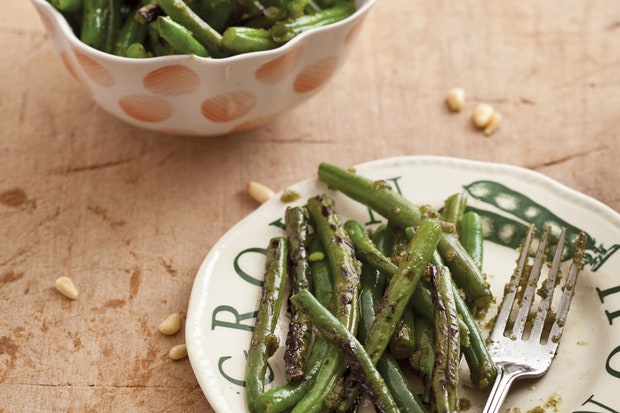
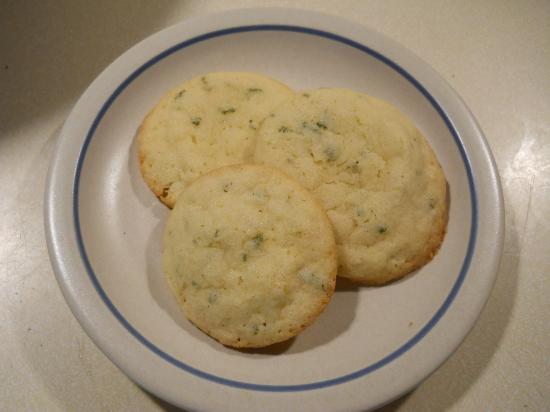
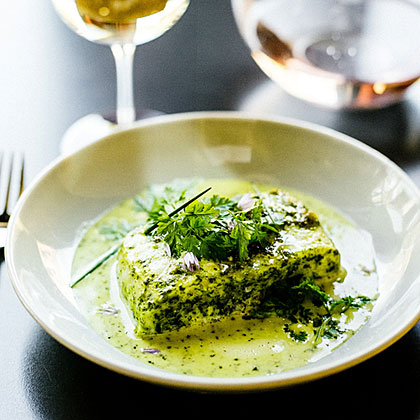
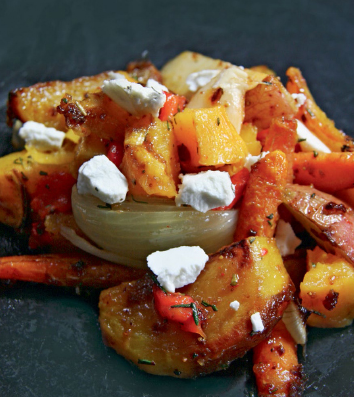

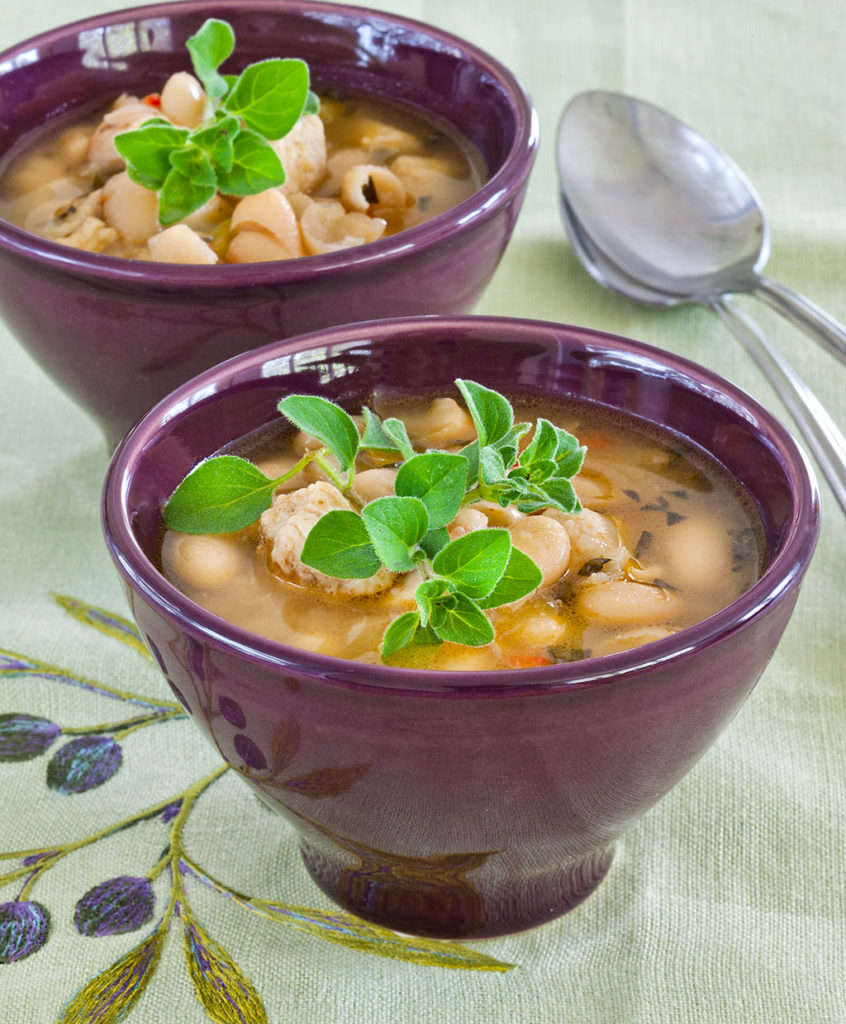
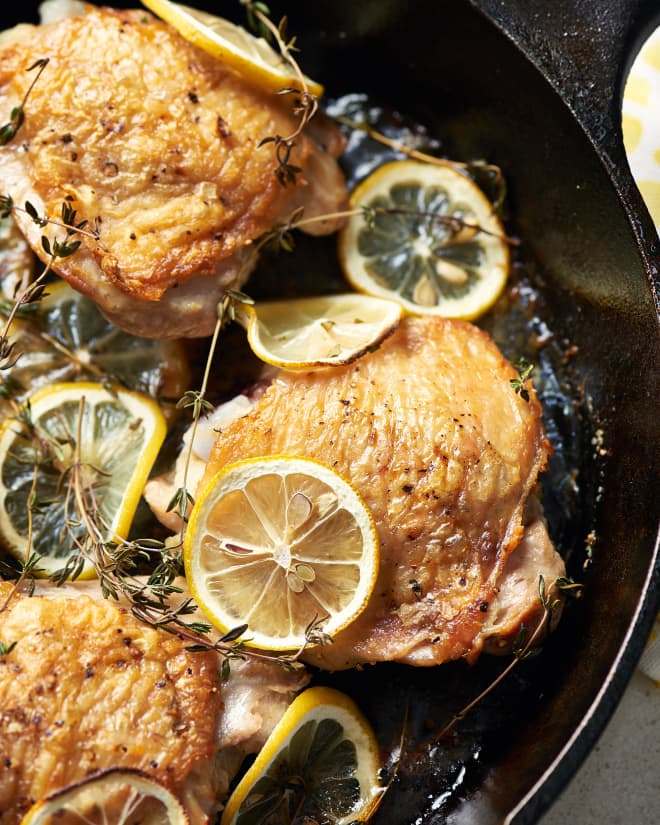
 Peach and Thyme Polenta Tart
Peach and Thyme Polenta Tart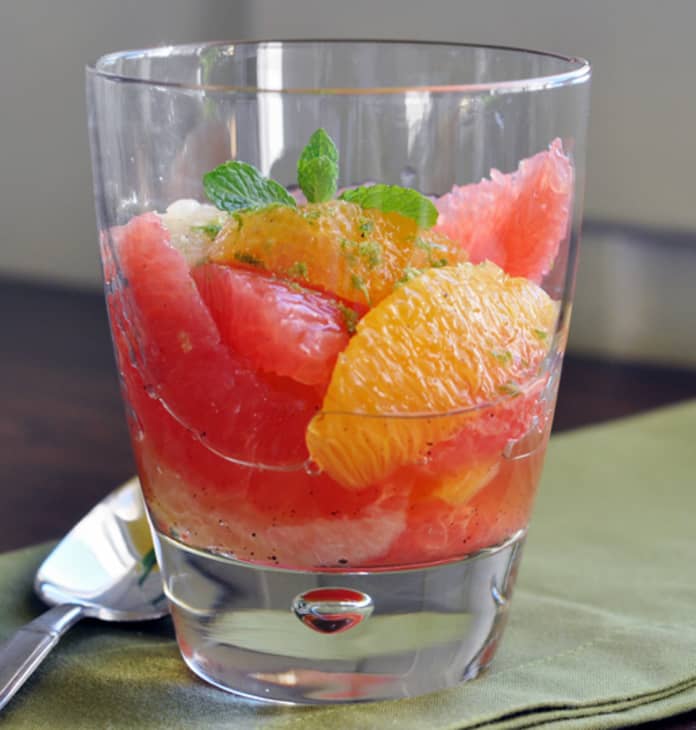
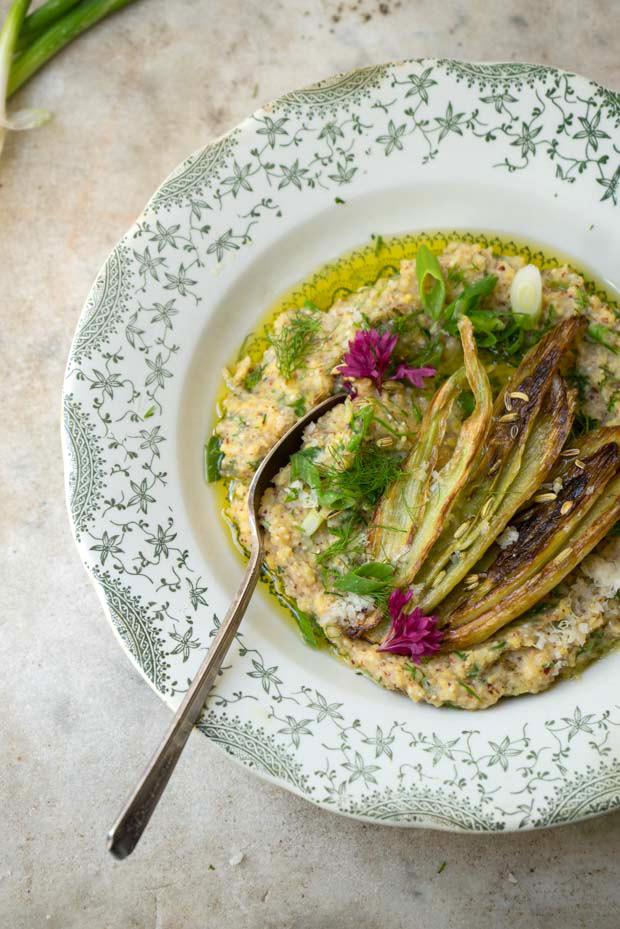
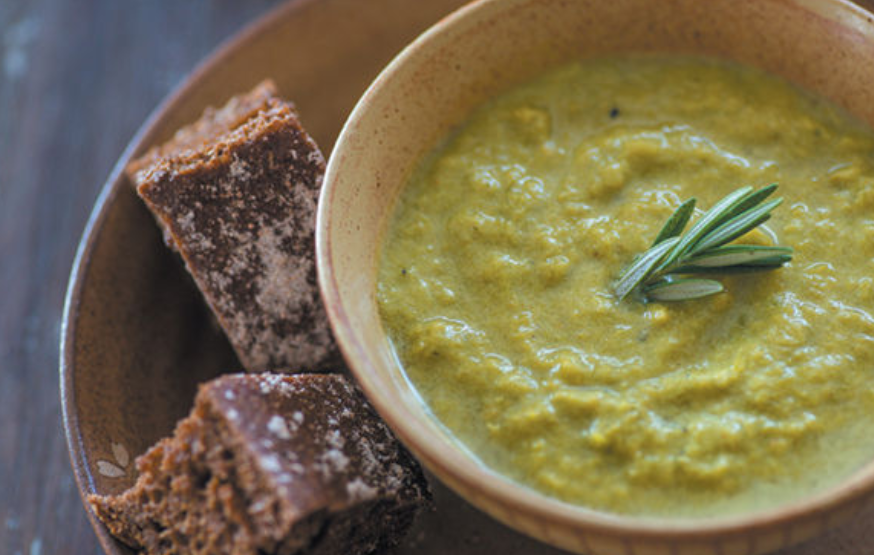
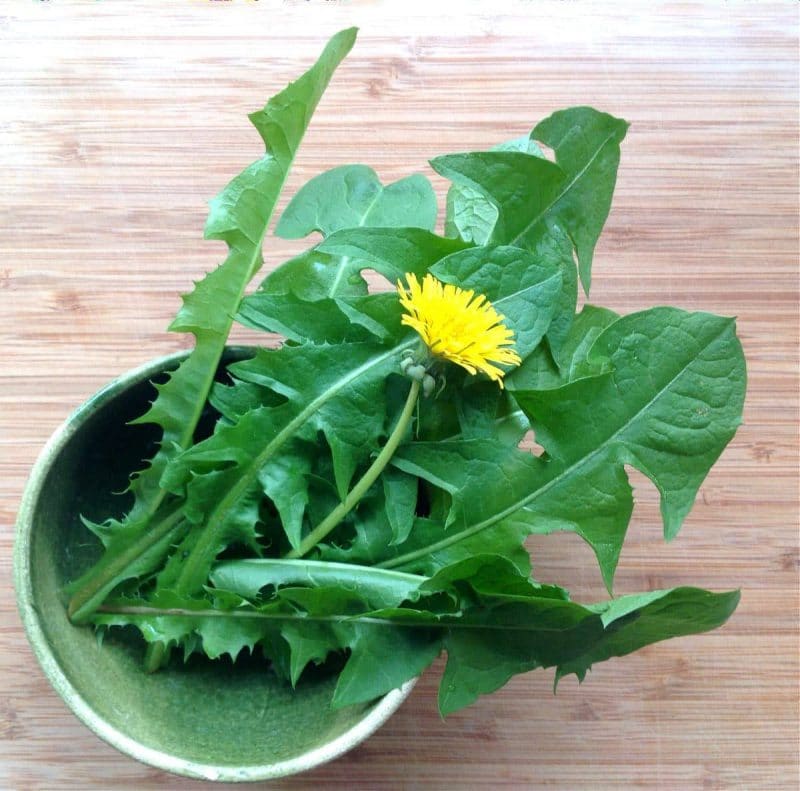
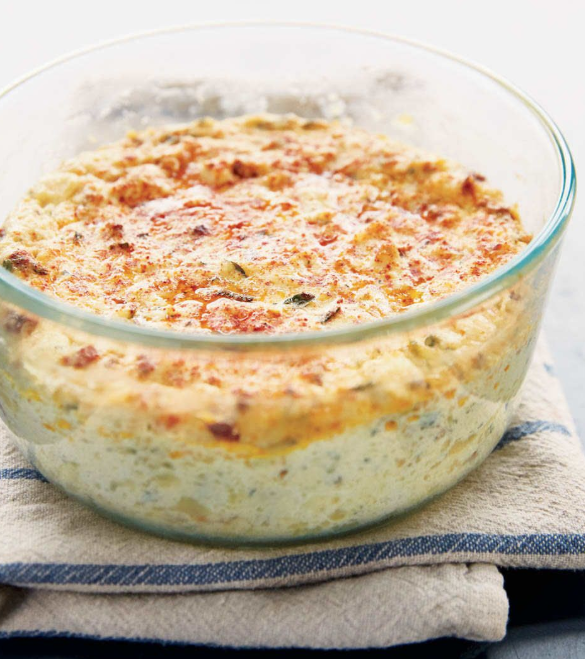
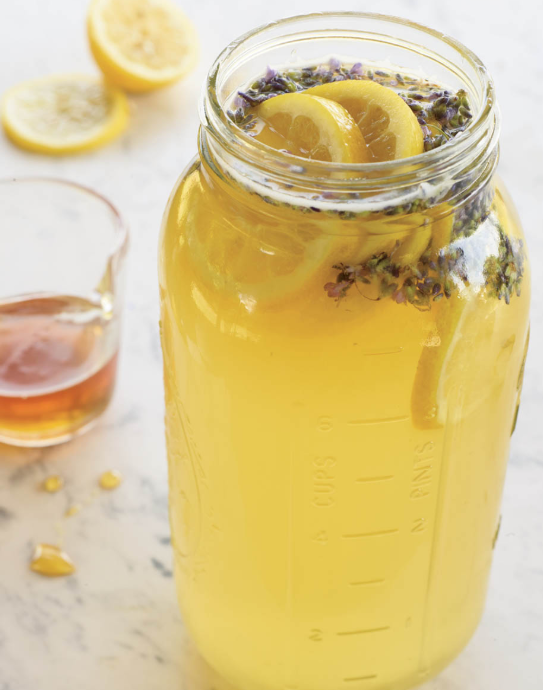

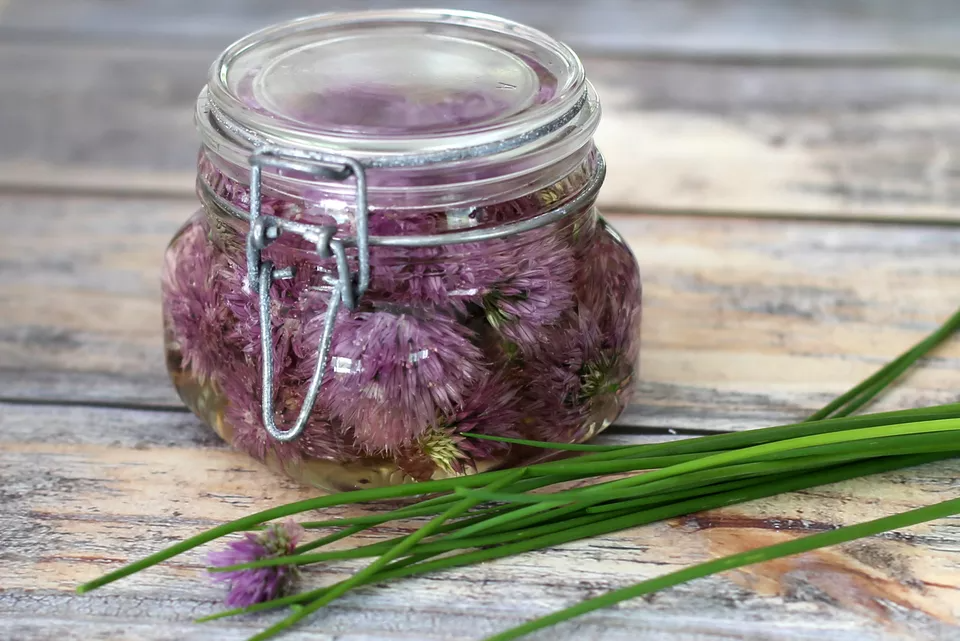
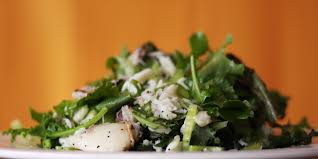
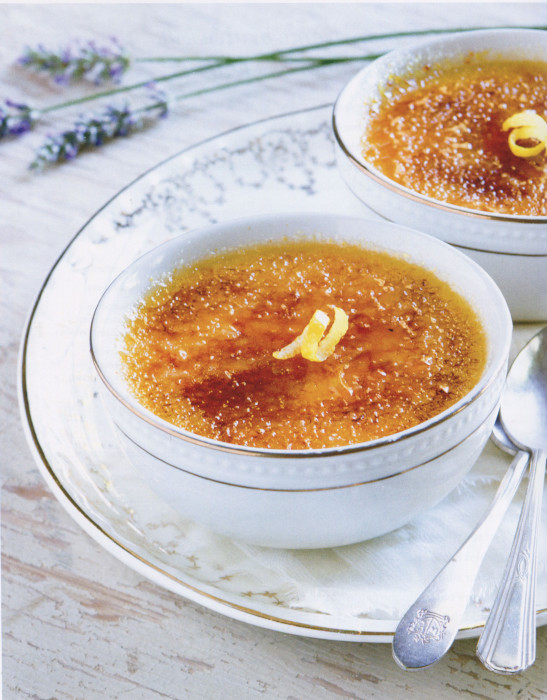 Lemon Crème Brulé with Lavender and Honey
Lemon Crème Brulé with Lavender and Honey
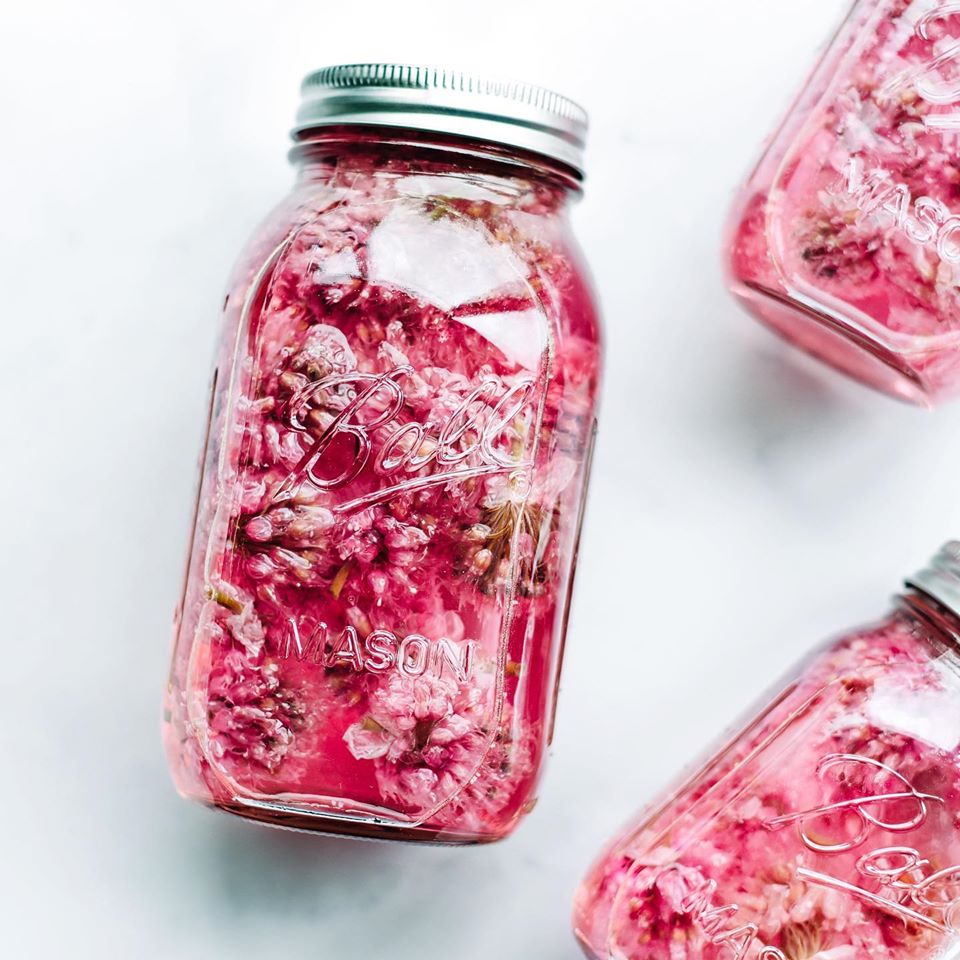

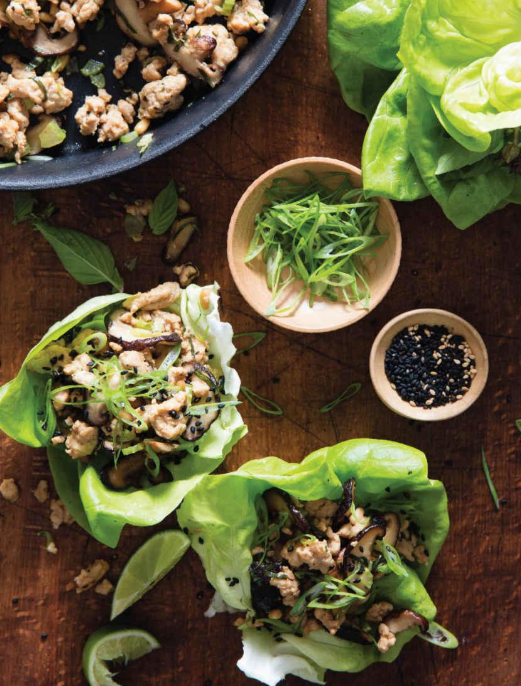
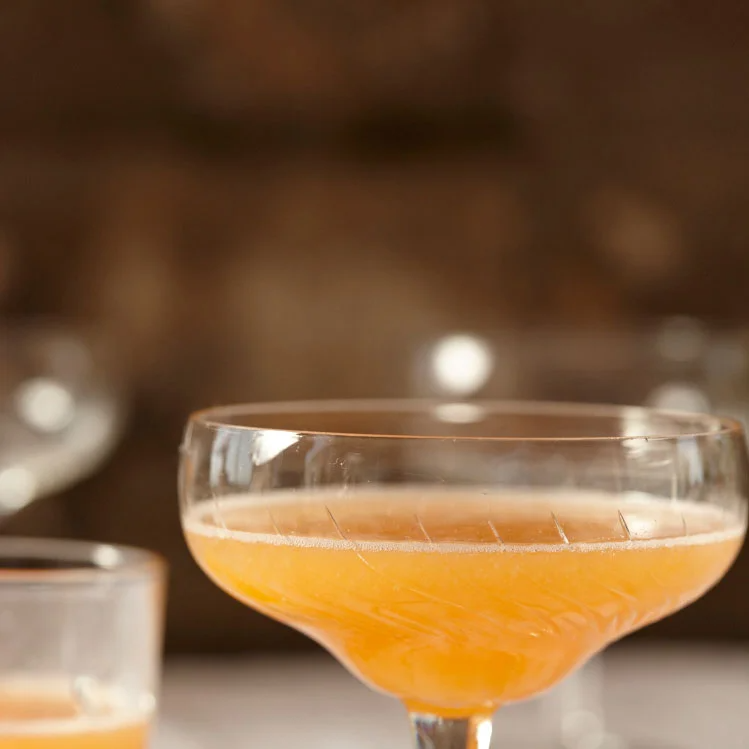
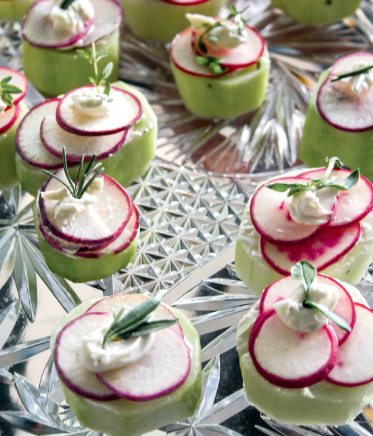 Herbed Cucumber Bites
Herbed Cucumber Bites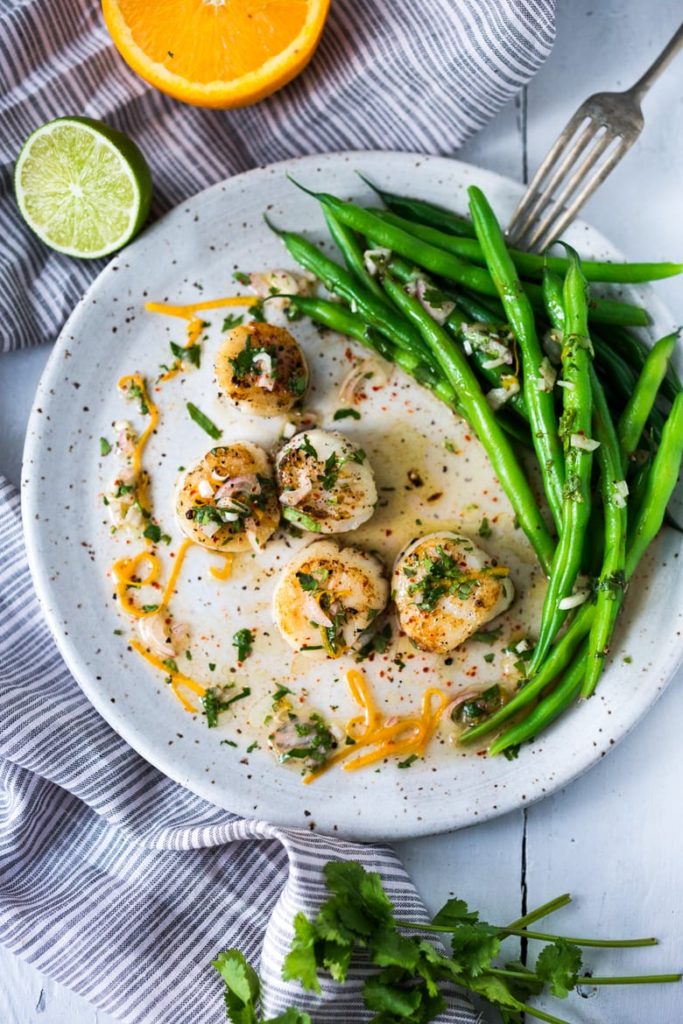 Pan Seared Scallops with Citrus Sauce
Pan Seared Scallops with Citrus Sauce